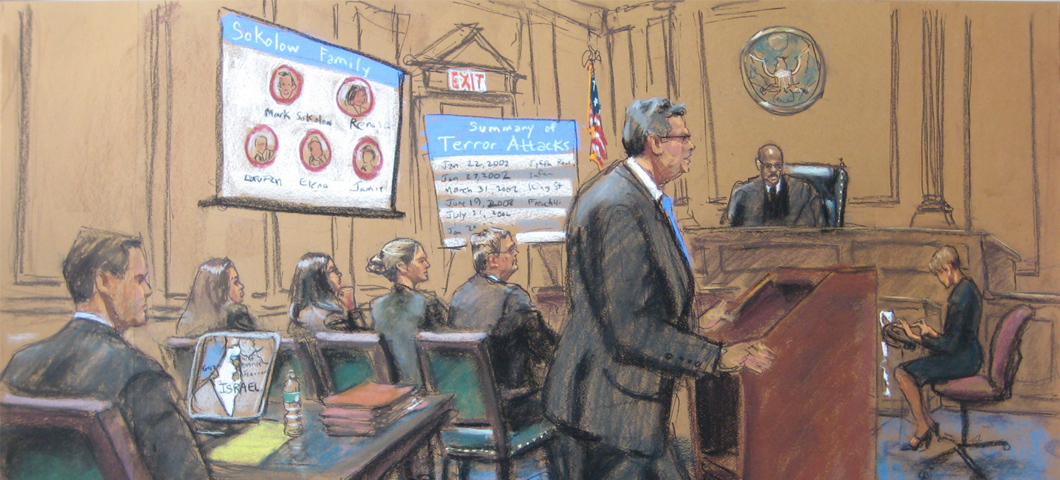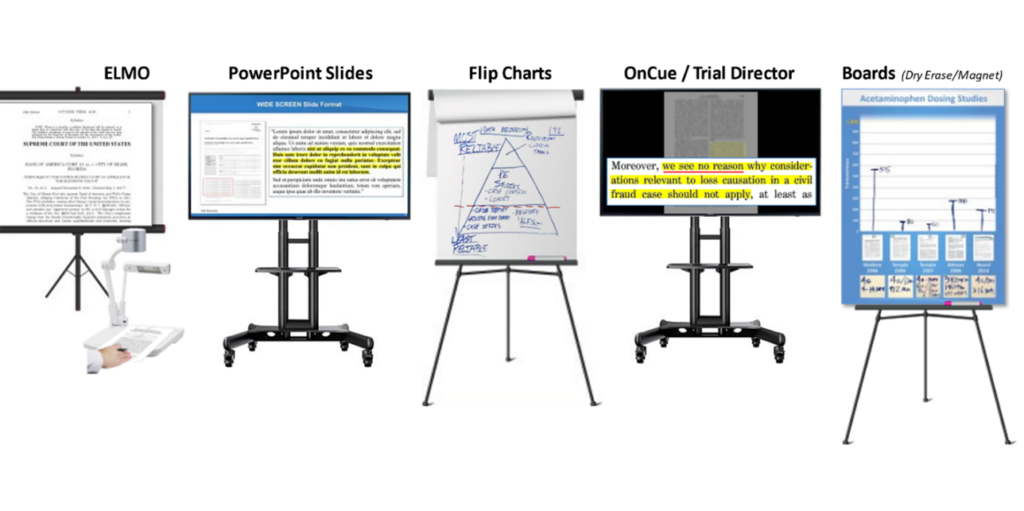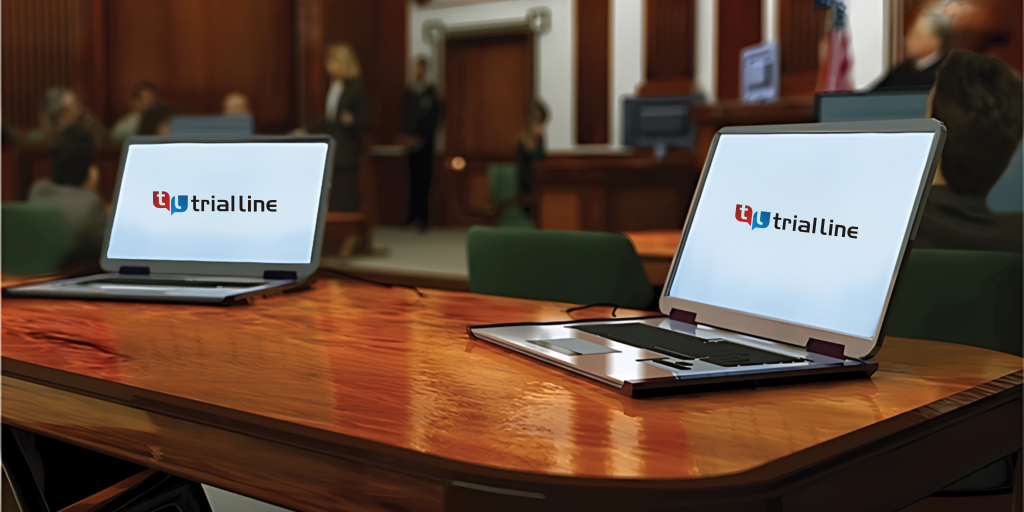Compelling trial presentations can influence judges and juries.
Just How Test Presentations Enhance Your Disagreement and Encourage Jurors
Test presentations offer as a critical mechanism for improving lawful disagreements and persuading jurors. The calculated use of visuals not only makes clear complicated details however additionally catches jurors' focus much more properly than words alone.

Value of Visual Aids
Aesthetic aids play an essential duty in improving the effectiveness of test presentations, as they can significantly raise audience engagement and retention of info. In the context of a trial, where jurors are charged with processing facility information, aesthetic aids offer to simplify and make clear crucial points. Graphes, charts, and pictures can convey data and principles that may or else overwhelm or perplex jurors, enabling an extra straightforward understanding of the proof presented.
In addition, visual aids assist in maintaining juror interest throughout the proceedings. By breaking the uniformity of verbal testament, these tools can punctuate essential arguments, making them a lot more memorable. Efficient aesthetic aids can likewise stimulate emotional reactions, which can be crucial in persuading jurors to line up with the speaker's narrative.

Crafting Compelling Stories
A compelling narrative is essential in trial discussions, as it acts as the backbone of efficient persuasion. It allows attorneys to weave with each other realities, evidence, and emotional aspects right into a coherent story that reverberates with jurors. This narrative framework enables jurors to comprehend the intricacies of the instance while guiding them through the attorney's disagreement.
To craft an engaging narrative, attorneys must concentrate on quality and comprehensibility. This involves establishing a clear protagonist-- usually the customer-- and outlining their journey through the events in concern. Providing the realities in a sensible series enhances comprehension and maintains engagement. Furthermore, the use of brilliant summaries can produce psychological photos that aid jurors envision the occasions, making the story extra remarkable.
Additionally, incorporating essential themes throughout the presentation reinforces the core message and help in retention - trial presentations. The story ought to not only convey details however likewise evoke a feeling of justice, highlighting the risks included. Eventually, a well-constructed story promotes a connection between the jurors and the instance, placing the attorney's argument browse this site as both credible and engaging, consequently enhancing the likelihood of a favorable judgment

Involving the Jury Psychologically
Efficient court interaction depends upon the lawyer's ability to link with jurors on an emotional degree. This connection can dramatically affect jurors' perceptions and their utmost decision-making. Utilizing psychological appeals permits attorneys to humanize the case, transforming abstract lawful ideas right into relatable experiences. By providing real-life tales or reviews, lawyers can evoke compassion and compassion, promoting a much deeper understanding of the issues at risk.
Aesthetic aids, such as photos or videos, can better improve psychological engagement, supplying jurors with vibrant representations of the instance's human elements. Crafting a narrative that highlights the struggles and accomplishments of the individuals included guarantees that jurors see past the lawful arguments and recognize the human repercussions of their choices.
A lawyer's passionate distribution useful content can resonate with jurors, strengthening their psychological investment in the case. It's vital to balance emotional allures with valid proof, guaranteeing that jurors feel compelled to act while continuing to be based in the fact.
Structuring Your Discussion

The body of the presentation should be practically segmented into bottom lines, each supported by engaging evidence. It is valuable to utilize storytelling strategies to weave truths right into a narrative that jurors can easily adhere to. Visual help, such as charts and video clips, can enhance understanding and involvement, assisting to highlight critical items of evidence.
Real-World Instance Research Studies
Analyzing real-world study supplies invaluable understandings into the art of trial discussions and persuasion. For example, the site instance of "O.J. Simpson v. The People of California" highlights how aesthetic help and compelling narratives can persuade court perceptions. The defense group effectively utilized an approach that combined prominent specialist testaments with multimedia presentations, which mesmerized jurors and inevitably affected their decision.
An additional remarkable visit site instance is the "McDonald's Coffee Instance," where the complainant's attorneys utilized visuals images of the injuries sustained by Stella Liebeck. trial presentations. This stark visual evidence played an essential function in communicating the seriousness of her burns, resulting in a considerable court award. Such situations demonstrate that impactful trial presentations frequently rest on the effective integration of visuals and storytelling to stimulate psychological actions from jurors
Moreover, the "Casey Anthony Test" highlighted the significance of narrative coherence and integrity. The prosecution's failure to establish a compelling timeline diminished their influential power, emphasizing the requirement of a well-structured presentation. Evaluating these cases reveals that effective test presentations require critical preparation, emotional engagement, and the ability to reverberate with jurors' values and beliefs.
Verdict
Test presentations significantly boost disagreements and persuade jurors via the critical use visual help, compelling stories, and psychological engagement. By streamlining complicated information and cultivating connections with the target market, these aspects create a remarkable and impactful experience. A well-structured presentation equilibriums sob stories with accurate evidence, eventually resonating with jurors' values. The integration of these strategies not only affects decision-making but additionally underscores the relevance of efficient interaction in the court.